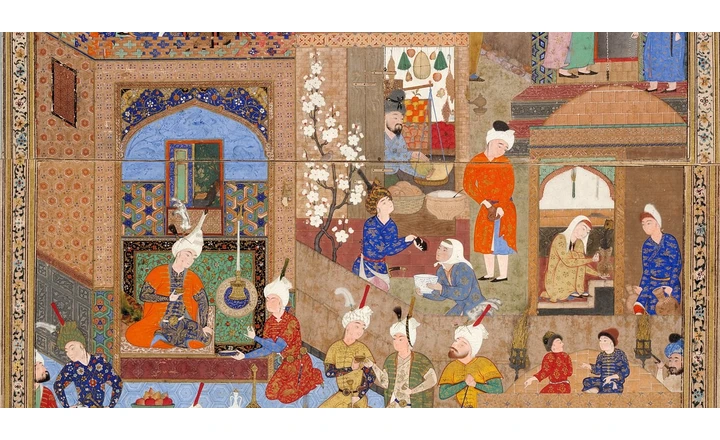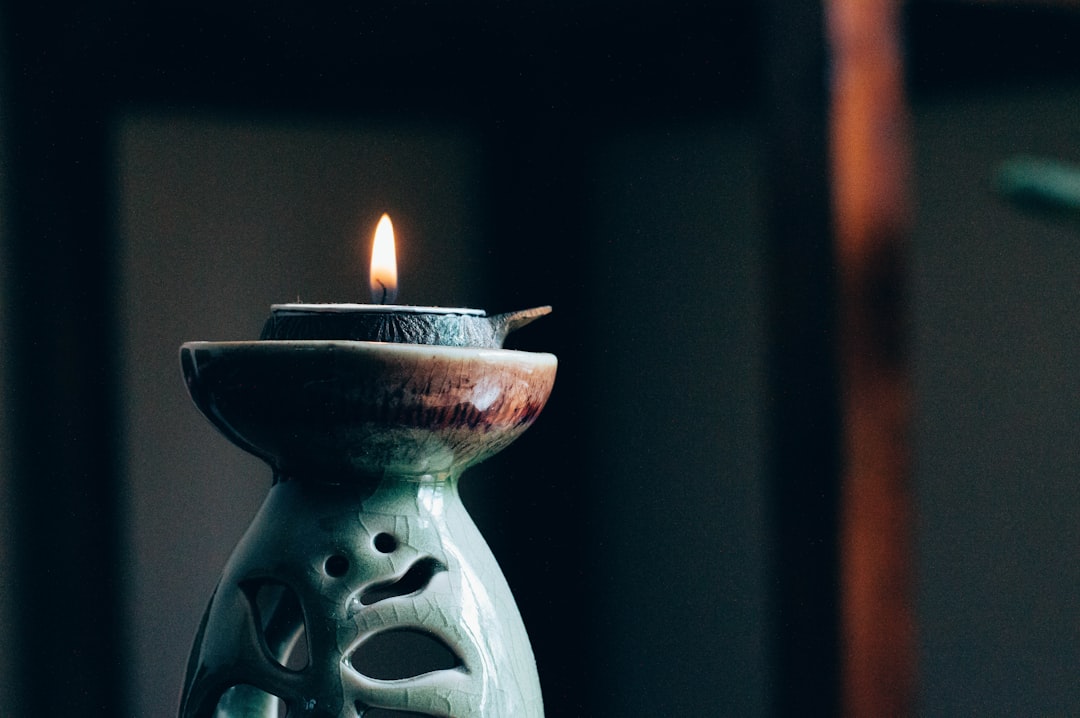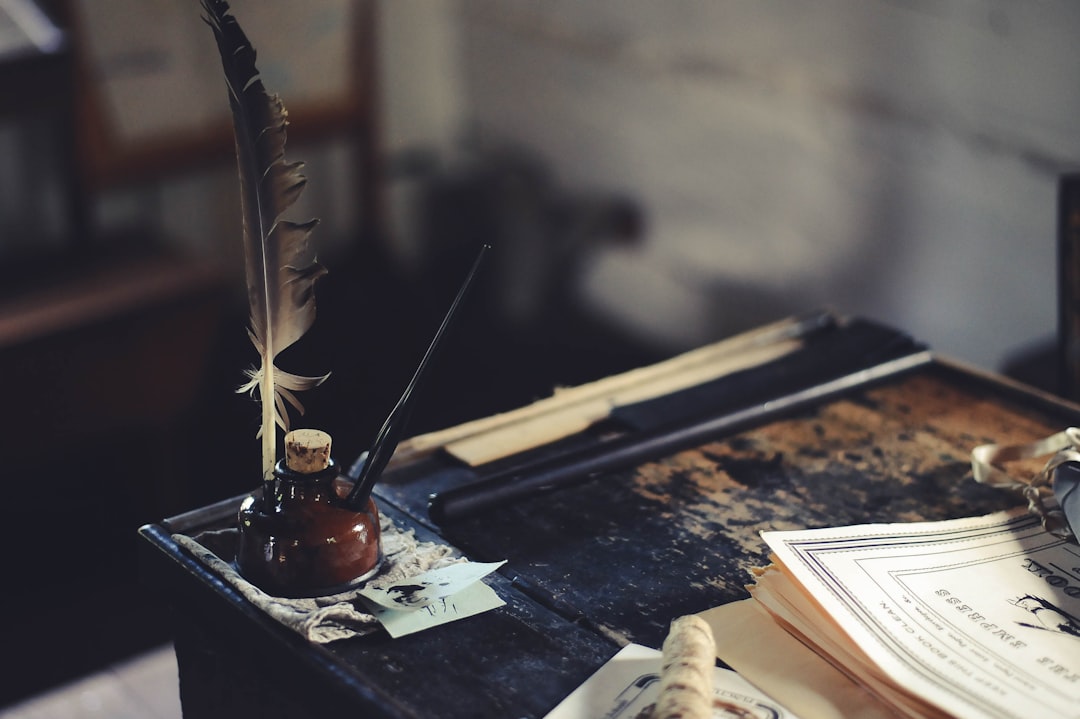For centuries, Persian literature has dazzled the world with its lyrical depth, spiritual symbolism, and storytelling brilliance. But Persian culture didn’t stop at telling stories—it found ways to paint them. Nowhere is this synthesis of word and image more striking than in the art of Persian miniature painting.
These intricate, jewel-like paintings were not just decorative—they were a visual extension of the poetic imagination, bringing to life scenes from epic tales, romantic ghazals, mystical journeys, and courtly intrigues. Persian literature inspired a tradition of illustration that transformed manuscripts into immersive works of art—where words and images danced together on the page.
Let’s explore how the golden age of Persian miniature painting was shaped by its literary roots.
The Marriage of Text and Image
The tradition of illustrating Persian literary texts began in earnest during the Ilkhanid (13th–14th c.) and Timurid (14th–15th c.) periods, reaching its artistic peak under the Safavids in the 16th century. Manuscripts were not merely copied—they were crafted, commissioned by royalty and aristocrats who viewed literature as both intellectual pursuit and artistic treasure.
Famous literary texts illustrated in miniature painting include:
-
The Shahnameh by Ferdowsi
-
Khamseh (Quintet) by Nizami
-
Haft Paykar and Khusrow o Shirin
-
Yusuf and Zulaikha by Jami
-
Conference of the Birds by Attar
-
Mystical verses by Hafez and Rumi
These texts were visualized in vivid colors and fine lines, painted in workshops (called kitabkhanas) that brought together scribes, painters, and calligraphers.
Epic on Canvas: Illustrating the Shahnameh
Perhaps no Persian literary work inspired more miniature paintings than Ferdowsi’s Shahnameh, the epic “Book of Kings.” With its hundreds of episodes filled with kings, warriors, demons, lovers, and dragons, it offered painters an endless feast of scenes to illustrate.
In royal copies like the Shahnameh of Shah Tahmasp (completed in the 1530s), we find breathtaking images of:
-
Rostam battling the White Demon, drenched in symbolism of light and darkness
-
The tragic duel of Rostam and Sohrab, full of pathos and heroic grandeur
-
Zahhak’s rise to tyranny, rendered with visual allegories of moral corruption
These illustrations are not just literal depictions—they heighten the drama, infuse scenes with cosmic tension, and echo the emotional undercurrents of the text.
Romance and Refinement: Nizami’s Influence
Nizami Ganjavi’s poetic romances—such as Layla and Majnun, Khusrow and Shirin, and Haft Paykar—provided Persian painters with themes of intimacy, beauty, and symbolism.
Miniatures based on these works often highlight:
-
Lovers exchanging glances in lush gardens
-
Heroic quests framed by geometric architecture
-
Allegorical journeys where physical and spiritual realms blur
In these works, the attention to gesture, expression, and atmosphere mirrors the subtle emotional layers of Persian verse.
Mystical Vision: Attar and Rumi in Image
Illustrating mystical poetry posed a unique challenge—and opportunity—for Persian painters. The themes of Sufi literature, especially in Attar’s Conference of the Birds or Rumi’s Masnavi, go beyond the material world, delving into symbolic transformation and divine union.
Painters responded by using:
-
Stylized birds to represent different soul types
-
Abstract motifs to depict spiritual states
-
Whirling figures, flames, or halos to indicate transcendence
These visual elements often avoided strict realism in favor of metaphorical representation, capturing the soul of the poem rather than its literal scene.
A Unique Visual Language
Persian miniature painting developed a distinct aesthetic:
-
Flat perspective, often stacking spaces vertically rather than using Western depth cues
-
Vivid, unshaded color to evoke emotional clarity and symbolic meaning
-
Exquisite detail, especially in textiles, flora, architecture, and landscape
-
Calligraphic harmony, integrating verse into the composition itself
Text and image were treated as equal partners: the poetry framed the painting, and the painting deepened the poem’s mood. The result was a multi-sensory experience, drawing the viewer-reader into a world of enchantment.
Legacy and Influence
Persian miniature painting influenced artistic traditions far beyond Iran:
-
In Mughal India, Persian styles merged with local aesthetics to produce a unique Indo-Persian school of painting.
-
Ottoman artists adapted Persian techniques in illustrating their own courtly and religious manuscripts.
-
In the modern era, artists like Behzad, and later Mahmoud Farshchian, revived and reinterpreted miniature painting with contemporary themes and spiritual symbolism.
Today, exhibitions of Persian illustrated manuscripts draw global audiences, and digital recreations allow readers to engage with this tradition anew.
Final Thoughts: Literature Made Luminous
Persian miniature painting is more than visual art—it is literature made luminous. It reflects a culture where storytelling was not confined to the tongue or the page but extended to the brush and the palette. Through delicate lines and bold colors, Persian painters translated poetic emotion into image, giving shape to the unseen, and making metaphor visible.
In this tradition, the artist becomes a second poet, and the painting becomes a poem you can see.
Curious to explore illustrated Persian manuscripts? Or want to learn about specific artists and workshops? Let’s dive deeper into the world where literature and art intertwine.





